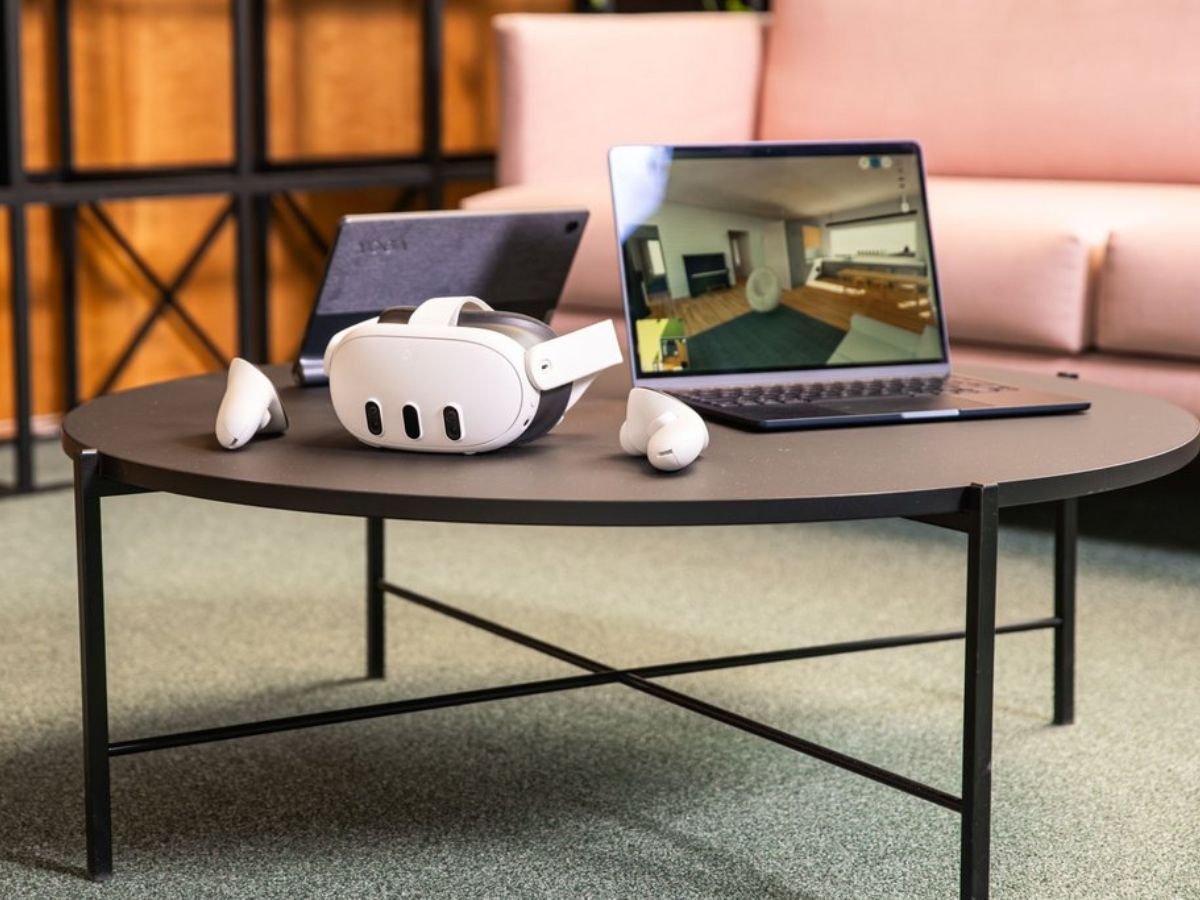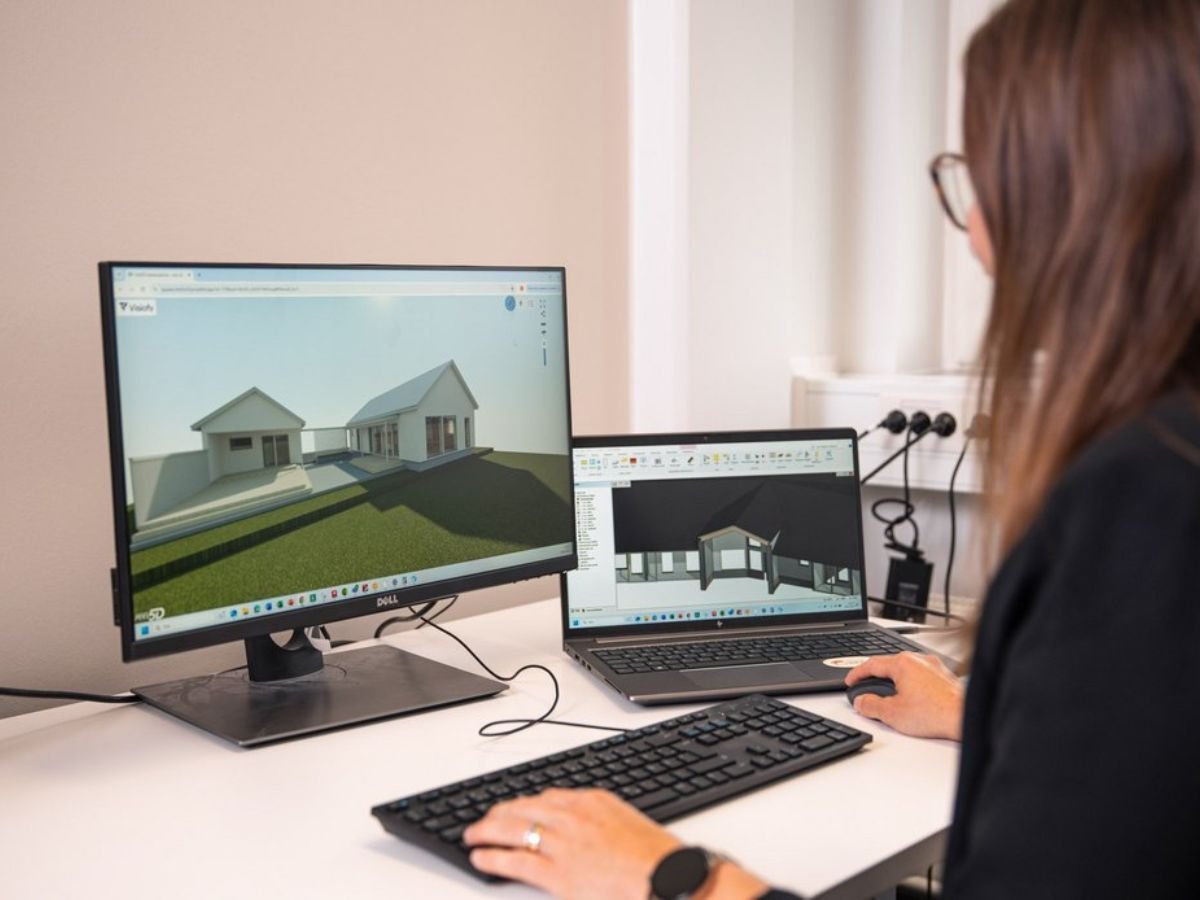
Best Platforms for Building and Sharing an Architecture Portfolio
Once you’ve curated your work and designed your layout, the next question is:
Where and how do you share your architecture portfolio?
The platform you choose can make a big difference in how your work is experienced — whether you’re applying to firms, entering competitions, or presenting to clients. In this post, we break down the most popular platforms for architects and designers, compare their strengths and limitations, and introduce some newer options that can elevate your portfolio even further.
PDF, Web-Based, or Interactive? A Quick Overview
Before diving into specific platforms, let’s look at the big picture: the three main formats your portfolio can take.
PDF Portfolios
-
Often created in InDesign, Illustrator, or Canva
-
Can be emailed or uploaded to job applications
-
Great for print and offline sharing
Pros: Easy to create, portable, familiar
Cons: Static, not optimized for mobile, hard to make interactive
Web-Based Portfolios
-
Built on platforms like Behance, Issuu, Archinect, or your own website
-
More dynamic and accessible across devices
-
Can embed multimedia (videos, links, etc.)
Pros: Easy to share, update, and track; looks professional
Cons: Requires setup and formatting, limited design flexibility on some platforms
Interactive Portfolios
-
Include walkable 3D experiences, videos, and embedded viewers
-
Enhance spatial understanding and digital fluency
-
Can be added as links, embeds, or QR codes in PDF/website portfolios
Pros: Memorable, immersive, perfect for showcasing spatial thinking
Cons: Often underused or unknown (but increasingly expected in the future)
Comparison: Top Platforms for Architects
Let’s take a closer look at four of the most common portfolio platforms used by architecture students and professionals today.
Behance
A portfolio-sharing site by Adobe, popular across all design disciplines.
Best for: Creative visibility, community, early-career professionals
Features:
-
Easy to upload project-based visuals
-
Tags, categories, and visibility to recruiters
-
Syncs with Adobe Portfolio for personal site creation
Pros:
-
Fast to set up
-
Built-in audience of design professionals
-
Free with Adobe CC
Cons:
-
Can feel too general
-
Not ideal for multi-page document-style portfolios
Pro Tip: Link to a Visiofy walkthrough at the end of a project — show static images first, then let viewers step inside.
[Suggested internal link: What Makes a Good Virtual Tour?]
Issuu
A digital publishing platform for sharing flipbook-style PDFs.
Best for: Document-style portfolios with editorial feel
Features:
-
Flip-through viewer for multipage PDFs
-
Embeddable in websites or LinkedIn
-
Supports links, videos, and QR code sharing
Pros:
-
Great for presenting formatted layouts
-
Feels professional and polished
-
Easy to share via link or embed
Cons:
-
Limited interaction (no true spatial walkthroughs)
-
Free plan has ads and visibility restrictions
Use Case: Add a QR code or link inside your Issuu portfolio to a Visiofy model, allowing reviewers to jump from a static spread into an immersive 3D experience.
Archinect Portfolio
A platform specifically tailored to architects.
Best for: Job seekers and professionals building a design CV
Features:
-
Job boards + portfolio hosting
-
Simple builder for uploading projects
-
Searchable by firms and recruiters
Pros:
-
Targeted at architecture employers
-
Easy to set up and maintain
-
Strong industry presence
Cons:
-
Less visual design freedom
-
Limited to static content and basic interactivity
Add-On: Consider embedding a walkthrough as a clickable link in your project description — even a single 3D view can make your submission stand out.
Your Own Website (Webflow, Wix, Squarespace)
Best for: Full creative control, personal branding, and long-term growth
Features:
-
Choose your own layout, style, and structure
-
Host resume, contact info, testimonials, and more
-
Add interactive elements (embeds, video, Visiofy links)
Pros:
-
Professional and flexible
-
Easy to update with new work
-
Looks polished when done right
Cons:
-
Requires time to build and maintain
-
Needs domain name and hosting
Bonus: Add a “Virtual Tour” section where you showcase one or more Visiofy models. You can even embed them or use preview images with overlay links.
[Suggested internal link: Best Platforms to Build and Share an Architecture Portfolio]
Final Thoughts: Combine the Best of All Worlds
There’s no rule that says you have to pick just one platform. In fact, the most effective portfolios often use multiple formats together:
-
A PDF portfolio for tailored applications (you can host a wide variety in your template and pick the best for each individual case)
-
A personal website for long-term presence
-
Embedded/added-on Visiofy walkthroughs to show how your design lives in space
Whatever you choose, make sure your portfolio isn’t just beautiful but memorable, interactive, and easy to experience.
Further reading:
-
The Ultimate Guide to Creating a Stunning Architecture Portfolio
-
Architecture Portfolio Cover Ideas (Your Starting Point)
- How to Create an Immersive Architecture Portfolio in VR


